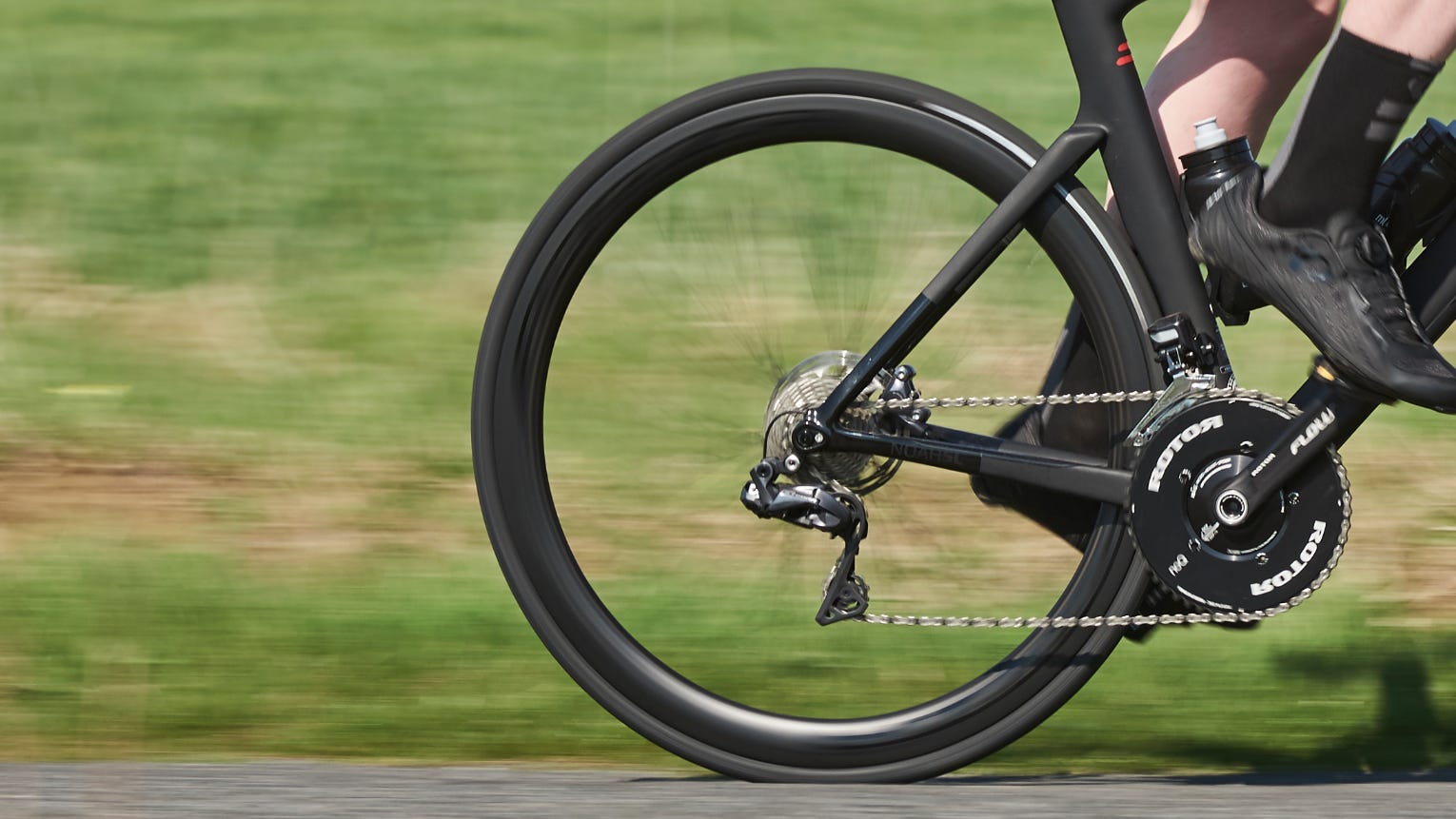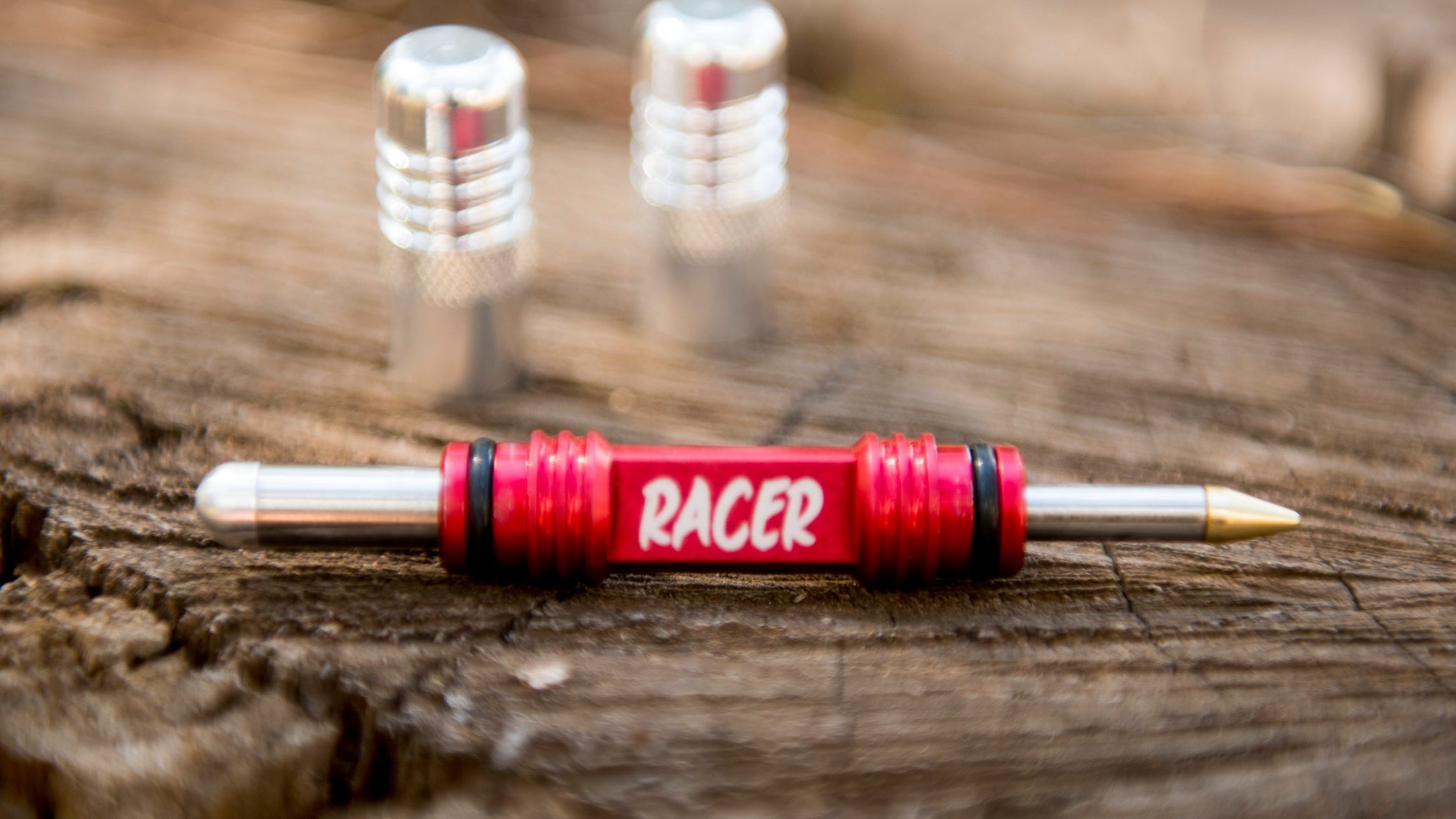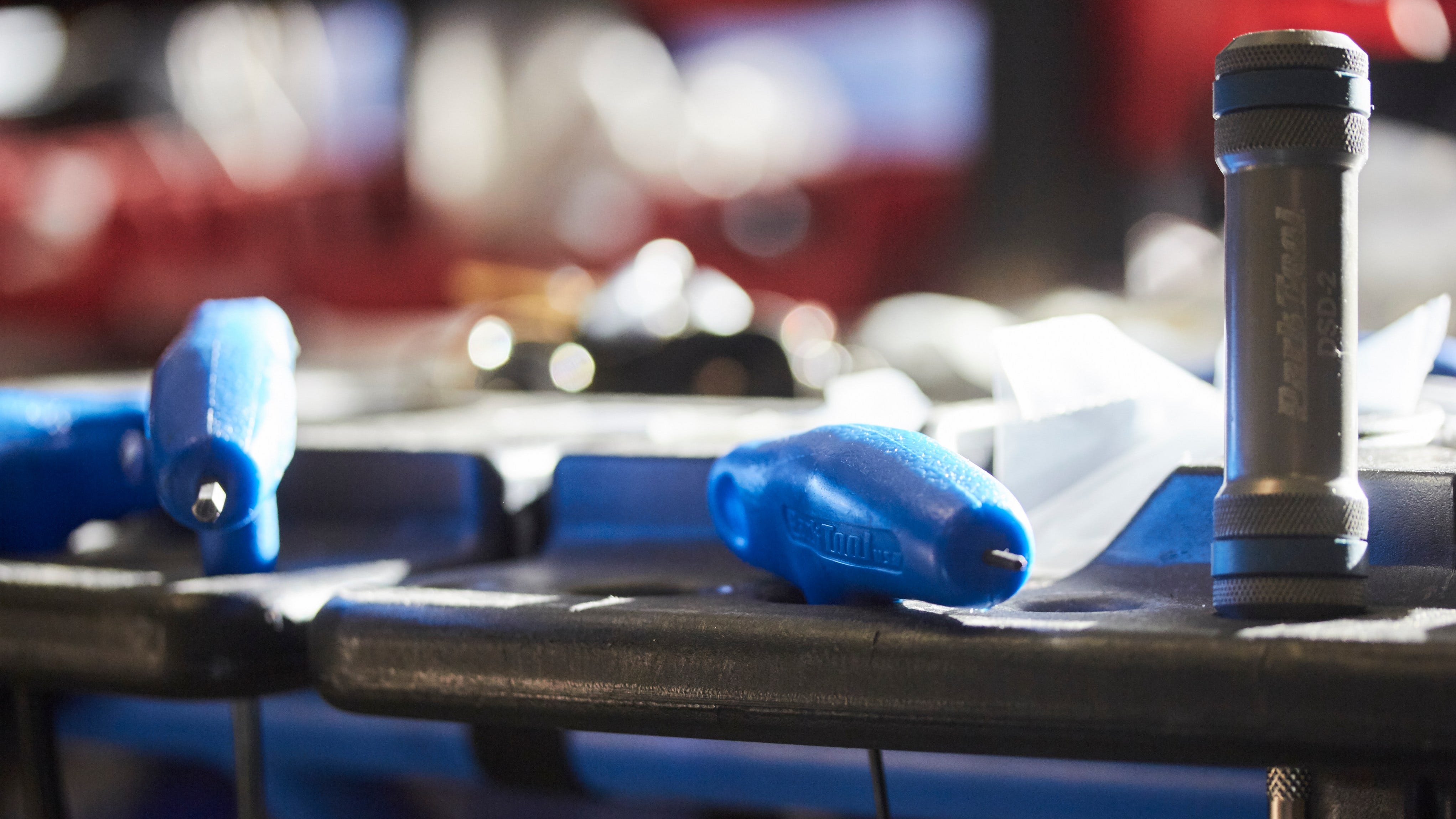Choosing clothing for the changing weather

We know it’s not what anyone wants to hear, but we’re in October now and those 20-degree sunny days are definitely behind us, which means it’s time to start thinking about riding in cooler (and probably wetter) weather.
But don’t unpack the turbo just yet, as there are plenty of clothing options that mean you can stay riding outside when the weather drops off, and even keep regularly riding outdoors all Autumn and Winter if that takes your fancy.
Here are a few things to think about (and a few choice pieces to try out) if you'd like to stay riding outside for as long as possible.
Jackets and anything waterproof
Okay, maybe not anything waterproof. Don’t go cutting arm and neck holes in a bin liner, for example, because that’s one way to the sweatiest bike ride you’ve ever had. But in the UK a waterproof layer is basically non-negotiable unless you really like getting wet. And when the weather’s cold, nobody really likes getting wet.
Whether you go for a simple, pack away jacket that you can take in case of emergency showers or if you go for something a little beefier that you wont want to take off is up to you, but there are some really good options out there that fit either category.
Pearl iZUMi is a brand that changed the waterproofing game a few years back with the debut of their PI Dry kit. Unlike DWR, which is a treating to the surface of material that fades with washing, PI Dry coats each individual fibre of the material, making the material itself waterproof rather than using a coating. It means that you can have a wonderful, lightweight jacket like the new Pro Barrier, that feels and breathes like a softshell, but keeps the water off like a traditional ‘plastic bag’ style hardshell.
But the best part is that PI Dry isn't only available in jackets. Pearl iZUMi have bib shorts, arm and leg warmers, jerseys and even baggy shorts that use PI dry, so it's easier than ever before to keep the water out permanently, not just until you've washed your kit 20 times.
If you're a mountain biker, then the Launch shorts have PI dry in, and you can combine those with the Vortex jacket for one of the best, lightweight, waterproof outfits from any brand, anywhere.
There's even a great option for commuters, too, in the Rove Barrier jacket. Road.cc liked it so much they said that it 'may well be the ultimate commuting jacket. High praise.
Baselayer
The baselayer is your first line of defence against the elements. A good cold weather baselayer traps heat to keep you warm, while managing sweat enough that you dont start to feel damp, either.
The main choice with a baselayer is what material to go for. For the most part the choice is between merino wool or synthetic fibres, but there are a few companies that use things like bamboo now, too. Merino is great because it wicks effectively and is naturally odour-resistant so they shouldn't end up smelling which is a common issue with baselayers.
Synthetic baselayers tend to be faster drying and dont absorb water, so you wont get off your bike after a ride and have a damp layer to peel off. But maybe the main issue is a personal one: some people find merino itchy and that tends to be the main deal breaker when it comes to deciding between a merino or synthetic baselayer.
Overshoes
If you ride through Autumn without overshoes then fair play, you’re pretty tough. If you ride through Winter without them then you’re a crazy person. With a few exceptions, bike shoes are generally designed to be light and well ventilated, which means they’re pretty awful at keeping out the elements. Overshoes help to make those lovely Summer shoes warmer and more waterproof which means your feet stay warm and dry as feet, along with hands, are the first places to start going numb when the weather isn’t good. Plus, trying pedal with numb toes is a really strange feeling that you don’t want to experience.
Thermal socks
The perfect partner to overshoes, nice, thick, warm socks are another layer that help to keep your feet comfortable even when the weather is terrible. Even if you decide to eschew the overshoes for Autumn, warm socks are a must to give you a little bit extra insulation and are worth it when the weather’s as warm as 10 degrees.
Gloves
Keeping your feet warm might be important, but keeping your hands warm is even more crucial. Have you ever tried to brake with numb hands? It's not easy, let alone steering or gear shifting that are just as difficult but not quite as vital from a safety standpoint.
Gloves come in various different types, from the light Autumn full-fingered varities that are designed to give you just a little more insulation than riding with bare hands, from the full-on lobster claw style deep Winter gloves that are designed to keep you going even in a Canadian-style Winter.
The thing is, all riders are different, and some feel the cold more keenly than others and that's why a brand like Pearl iZUMi has six different weights of glove for colder weather riding. You certainly don't need all six, but a lighter set for Autumn and a thicker set for Winter are probably the place to start.
Headband/Hat
This one is definitely personal choice: some people really like the extra insulation under a helmet, whereas some just dont find any extra bulk comfortable. Personally, we love a headband but don't get on as well with hats, but some of our fellow riders swear by a nice, thick Winter hat like Madison's Isoler Merino cap. It's horse for courses, or an equivalent and much more cycling-relevant cliche.
Neck Gaiter
An absolute must-have if you ask us, we happily ride with a neck gaiter on almost every outing between mid-October to early April. Are we wimps? Maybe. Are we cold? Absolutely not.
Even the best high-necked jackets or jerseys leave a little gap for the cold air to work its way in. One of these covers that gap and can be pulled up to cover your chin a lower face which is really helpful if your commute starts at 7:30am with a short downhill whatever the weather. If that seems oddly specific, we're speaking from experience.
Bib tights
Probably overkill for Autumn weather, bib tights are a cyclist's best friend in Winter. No matter how hard you are, eventually the temperature drops to a point where it's simply unbearable to ride outside without your legs covered.
When it's mild, a good set of bib shorts with knee or leg warmers are an excellent option, and with Pearl iZUMi's PI Dry warmers you're covered even if you go for a ride and get caught out by the rain. They also have a set of Pro Escape Thermal bib shorts with PI Dry too, so you're really shower-ready no matter what you choose. They'd also work well as liner shorts for an MTB ride, giving you a waterproof layer under the baggys to keep you a big more comfortable when the rain comes down.
We hate to bang on about it, but Pearl iZUMi have put PI Dry into their Winter tights, too. You really cant state the benefits of waterproof tights enough, especially with the PI Dry treatment which keeps them breathable as well as waterproof, so you're not going to overheat even on a hard Winter ride.



